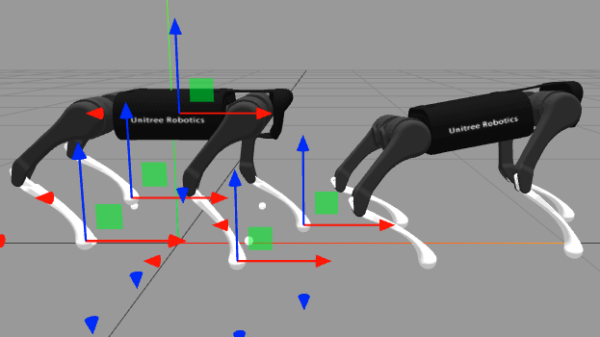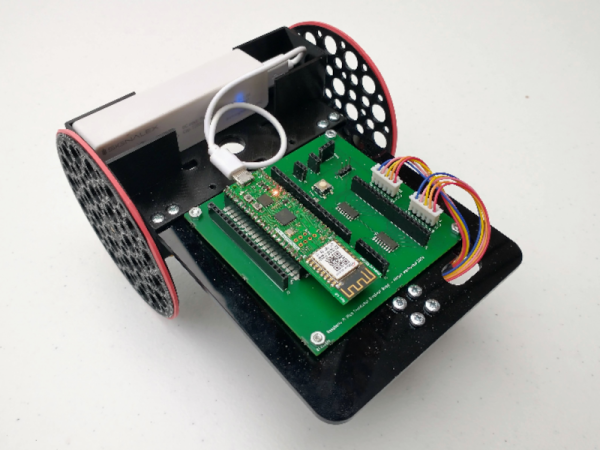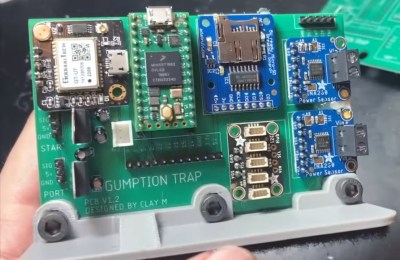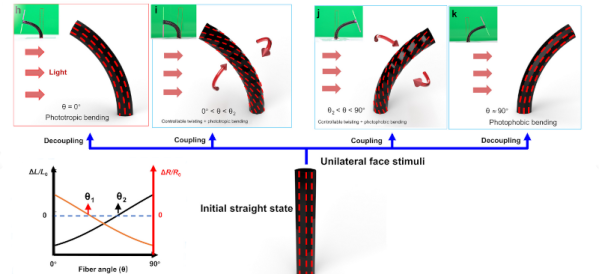In the Star Wars universe, pit droids are little foldable robots that perform automated repairs on spacecraft and the like. They were introduced in 1999’s The Phantom Menace, and beyond the podracing scenes, are probably the only good thing to come out of that particular film.
[Goran Vuksic] wanted a pit droid of his own, and reasoned that if he was going to go through the trouble of sanding and painting all the 3D printed components so they look like the real bot, he might as well add some smarts to it. While this droid won’t be fixing podracers anytime soon, its onboard Jetson Orin Nano Developer Kit does pack a considerable amount of processing under that dome.
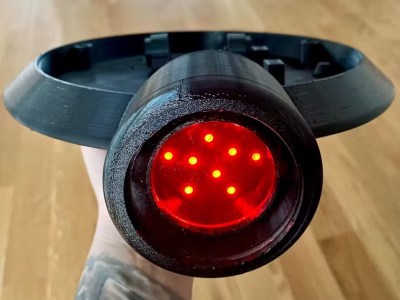 A webcam mounted in the bot’s eye socket is connected to the Jetson, which is running an image detection and identification routine based on the example code provided by NVIDIA. The single-board computer uses a relay to blink some LEDs on and off when a human is detected, and a pair of servos pan-and-tilt the bot’s head towards whoever has caught its gaze.
A webcam mounted in the bot’s eye socket is connected to the Jetson, which is running an image detection and identification routine based on the example code provided by NVIDIA. The single-board computer uses a relay to blink some LEDs on and off when a human is detected, and a pair of servos pan-and-tilt the bot’s head towards whoever has caught its gaze.
It’s no surprise that [Goran] picked the Jetson Orin over competing SBCs for this task — in our review of the Orin Nano Developer Kit a few months ago, we found it was able to hit nearly 200 frames per second while performing this sort of real-time image analysis. So there’s plenty of room to grow should he want to integrate more complex image recognition tasks.
For example, he could follow in the footsteps of [Kris Kersey], and put a functional data overlay on top of the video to give his bot Iron Man vision.


